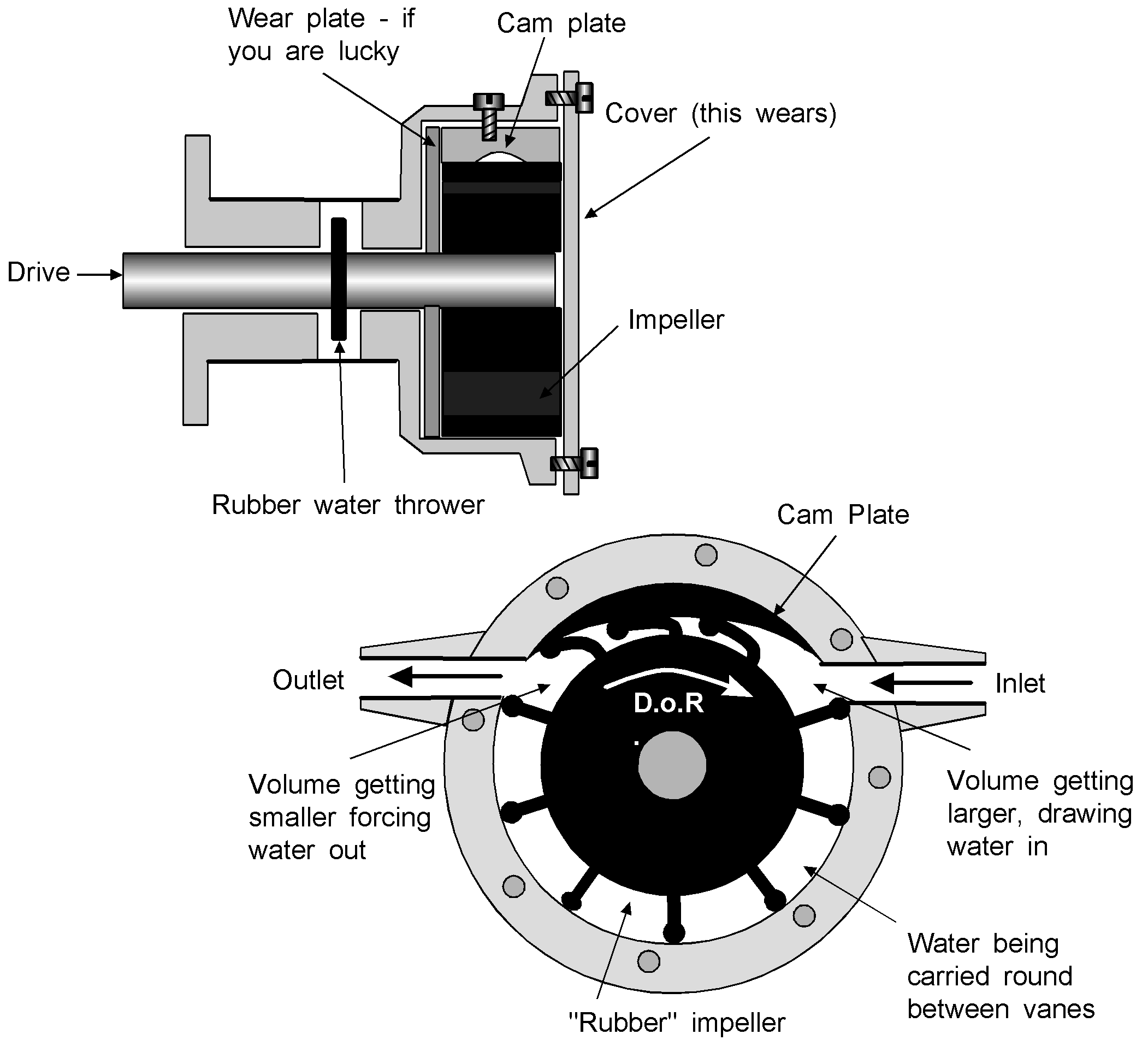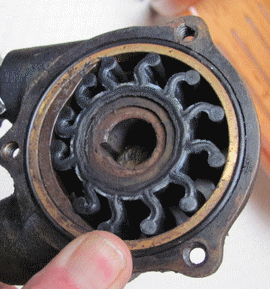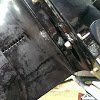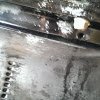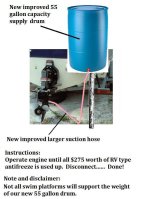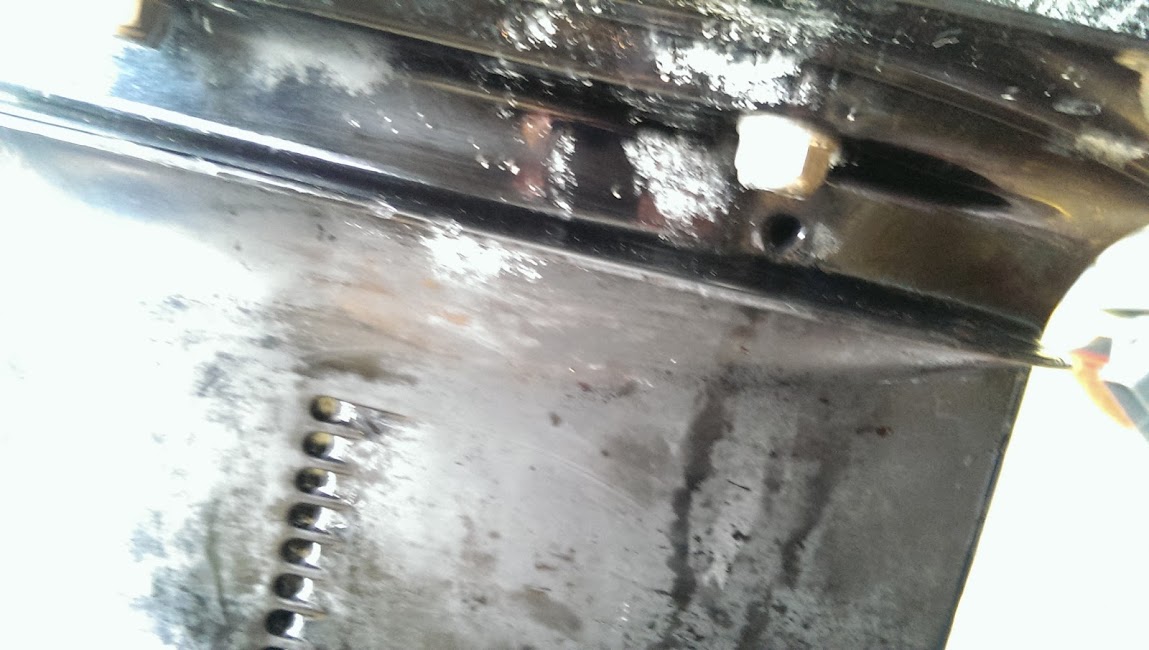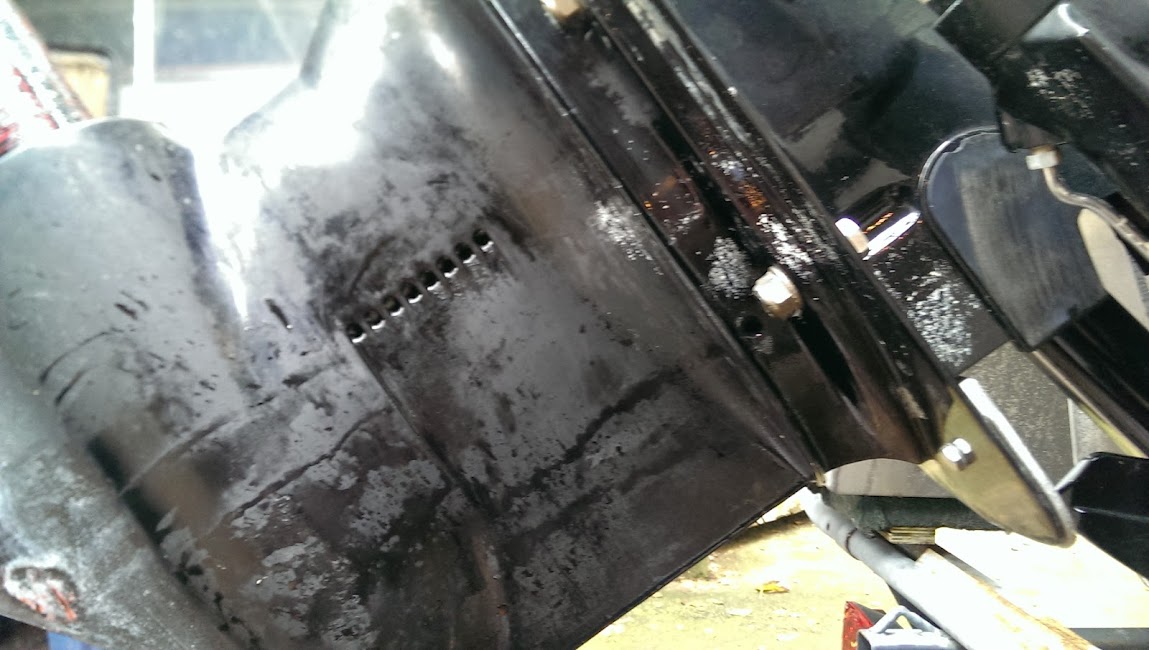HiZ
Member
So, here is the deal
Friend has this set up and ususally sucks up coolant into the drained system from the drive IE:Big 6 gal drum with muffs
This year he said it would not suck up the coolant. So I stopped over and helped split the case and check the impeller
Perfect, no issues, no wear etc.
Put back together, added lube, hooked to muffs to try to see what he was talking about
Hooked them up and it started to suck up the coolant, now I'm not a Gen 2 gu'ru and there was a hold on the port side above the cavatation plate that was seeping out coolant and it wasn't getting the coolant up in past the circulation pump
So, we shut it down and the exhaust was rather hot and flappers were getting smelly/hot!?!
wtf
Nothing coming out of the exhaust as far as coolant
Pulled manifold hoses and there wasn't anything there, pulled the main hose from circulation pump to the Thermo housing and needed to add 1/2 gallon to fill the block!
So, questions:
1>what is that hole on the stbd side of the drive on the upper case above the cavitation plate
2>why would the coolant not be getting up into the engine; he had always done it that way (I disagree with his procedure) but it did not work
Any thoughts?
Friend has this set up and ususally sucks up coolant into the drained system from the drive IE:Big 6 gal drum with muffs
This year he said it would not suck up the coolant. So I stopped over and helped split the case and check the impeller
Perfect, no issues, no wear etc.
Put back together, added lube, hooked to muffs to try to see what he was talking about
Hooked them up and it started to suck up the coolant, now I'm not a Gen 2 gu'ru and there was a hold on the port side above the cavatation plate that was seeping out coolant and it wasn't getting the coolant up in past the circulation pump
So, we shut it down and the exhaust was rather hot and flappers were getting smelly/hot!?!
wtf
Nothing coming out of the exhaust as far as coolant
Pulled manifold hoses and there wasn't anything there, pulled the main hose from circulation pump to the Thermo housing and needed to add 1/2 gallon to fill the block!
So, questions:
1>what is that hole on the stbd side of the drive on the upper case above the cavitation plate
2>why would the coolant not be getting up into the engine; he had always done it that way (I disagree with his procedure) but it did not work
Any thoughts?


